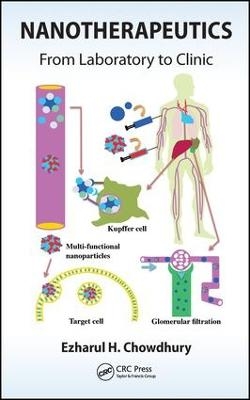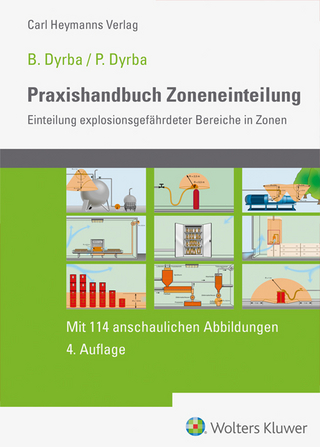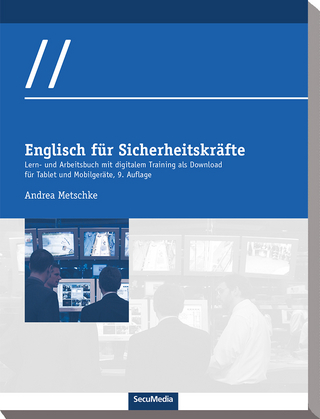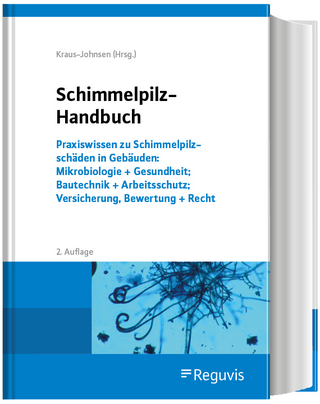
Nanotherapeutics
Crc Press Inc (Verlag)
978-1-4987-0751-0 (ISBN)
The book describes the synthetic/chemical engineering methods as well as recombinant, hybridoma, and phage display technologies to fabricate different types of nanoparticulate carriers and drugs. It also reveals the diversified approaches undertaken by harnessing nanotechnology to overcome the multistep extracellular and intracellular barriers and to facilitate the development of novel strategies for therapeutic delivery and imaging. The author elaborates on the preclinical and clinical trials of potential nanoparticle-based products in animal models and patients and the approval/commercialization of nanotherapeutics, addressing all relevant human diseases.
A focus on the above issues in a concise but illustrative manner fills the gap between the laboratory findings originating from the research on identification of cellular and systemic barriers of classical and macromolecular drugs along with development of strategies for fabrication and testing of nanotherapeutics, and the clinical outcomes emanating from the testing of the selected potential nanotherapeutics on patients of particular diseases. The book also fills a gap in the existing literature between the design and development of diversified nanotherapeutics for various purposes and the investigation and evaluation of potential barriers and resultant therapeutic efficacy of those nano-medicine formulations.
Dr. Ezharul Hoque Chowdhury is an associate professor and cluster leader of biomedical engineering under the Advanced Engineering Platform at Monash University (Sunway Campus). He obtained his Doctor of Engineering degree in 2003 at Tokyo Tech. Dr. Chowdhury has pioneered the development of pH-sensitive inorganic nanoparticles as smart tools for efficient and targeted intracellular delivery of genetic materials, gene-silencing elements, proteins, and classical anticancer drugs. He is currently applying this smart nanotechnology for the treatment of cancer, particularly breast carcinoma, and cardiovascular diseases, such as diabetes. Dr. Chowdhury holds six Japanese and US patents.
Emergence of nanotherapeutics: Challenges in classical drug transport versus macromolecular drug design. The ultimate destinations for delivery and release of nanotherapeutics. Diversity of bioactive nanoparticles from biological, chemical, and physical perspectives. Fabrication strategies for biofunctional nanoparticles. Interactions and orientation of therapeutic drugs in the vicinity of nanoparticles. Variable interactions of nanoparticles with blood, lymph, and extracellular and intracellular components. Pharmacokinetics and biodistribution of nanoparticles. Specific roles of nanoparticles in various steps of drug transport. Nanotechnology approaches to modulate transport, release, and bioavailability of classical and emerging therapeutics. Nanotechnology in the development of innovative treatment strategies. Nanoparticles for therapeutic delivery in animal models of different cancers. Nanoparticles for therapeutic delivery in animal models of other critical human diseases. Nanomedicine in clinical trials. Approved and commercialized nanomedicine. Current safety issues: Biodegradability, reactivity, and clearance. References.
| Erscheinungsdatum | 19.08.2016 |
|---|---|
| Zusatzinfo | 2 Tables, black and white; 72 Illustrations, color |
| Verlagsort | Bosa Roca |
| Sprache | englisch |
| Maße | 156 x 234 mm |
| Gewicht | 748 g |
| Themenwelt | Technik |
| ISBN-10 | 1-4987-0751-3 / 1498707513 |
| ISBN-13 | 978-1-4987-0751-0 / 9781498707510 |
| Zustand | Neuware |
| Haben Sie eine Frage zum Produkt? |
aus dem Bereich


